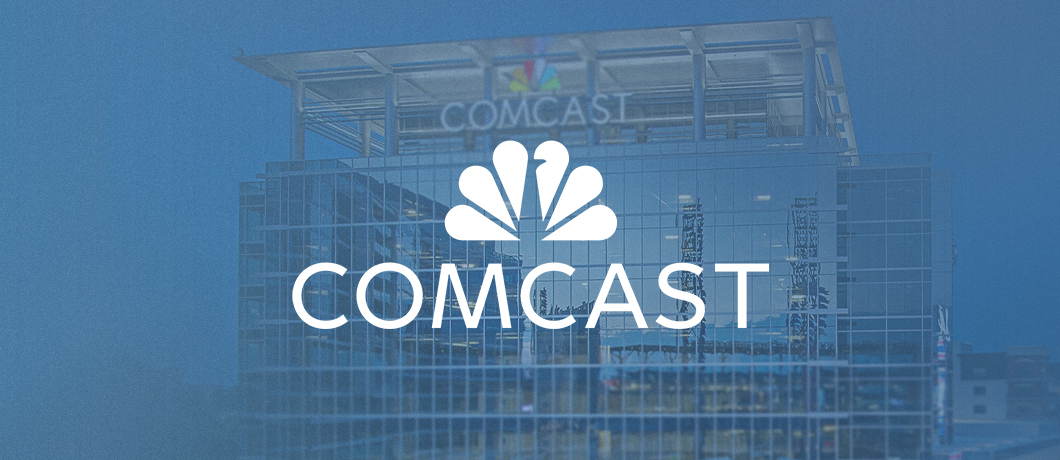Comcast also announced that as part of Janus, it uses DriveNets Network Cloud software–along with other best-of-class hardware and optics solutions-–in its core network, enabling it to innovate faster and reduce overall costs.
The announcement unveils Comcast’s innovative journey to become one of the first network operators in the world to converge and automate its core network and maximize its network performance and efficiency. DriveNets is delighted to be an enabler in this journey.
Comcast’s bold vision and successful execution will transform the way the largest network in the US, accessible to more than 63 million locations, manages its network operations, costs, and service innovation. It also demonstrates how leveraging the latest innovations in cloud, AI/ML automation, virtualization, and digital optics can change networks’ economics and customer experiences.
To fully understand the significance of Comcast’s transformation and the value that our Network Cloud brings to it, we need to look at what drives operators to change the way their networks are built.
Revolutionizing Comcast’s Network Architecture
Comcast, like many other operators, experienced exponential growth in traffic across its network. This growth was driven largely by over-the-top (OTT) unicast programming, specifically the increase in the streaming of high-quality sports, and by remote and work-from-home initiatives. This has shaken up the ways operators build their networks.
The basic hybrid fiber-coaxial (HFC) network was built with analog video in mind and has evolved over the years to accommodate the change of focus from video to data, since most of the video is running on top of the data network. This increased access network traffic was handled through the evolution of DOCSIS (Data Over Cable Service Interface Specification).
But the story does not end in the HFC. Most operators now run multiple-generation DOCSIS–as well as some xPON services–across their network, in addition to the business access network. Much like Telecom operators that run xDSL, xPON, ATM, and all-IP networks simultaneously, the evolution of the networks yielded a mix of aggregation nodes, edge sites, termination systems, and core routers.
Benefits of Network Disaggregation and Virtualization
Comcast realized early on that it needed to simplify its network architecture and automate its operations to prepare for future services. The company started its journey to virtualize and disaggregate the network and converge the multiple network functions, making the network simpler to plan, build, and manage.
Advancing Network Convergence and Automation
The modernization process implemented by Comcast’s Janus project can be a baseline for any service provider’s modernization project. It is based on three key elements: network disaggregation, convergence, and automation.
Disaggregation and Virtualization of any network function
Evolve the network to a software-centric model and create a harmonized, standard hardware infrastructure where the real difference between most network functions is only in software. This also enables choice and the use of best-in-class vendors for hardware, software, and optics.
Convergence of network domains and layers into a single architecture
All the access technologies and all end-user services are handled by the same aggregation, edge, and core functions, avoiding network silos per technology or service. In addition, the optical and IP layers are also converged (utilizing technologies like ZR and ZR+) to further simplify the network architecture.
Automation and the use of AI-based tools in a software-centric network
This further mitigates operational overhead and drives operational efficiency, while also accelerating the rollout of new services and faster time-to-market.
Why Comcast Selected DriveNets Network Cloud
DriveNets was selected by Comcast due to our innovative software-based, cloud-like approach and proven large-scale deployments. The three main pillars of our Network Cloud unique architecture include:
- Disaggregation – DriveNets is leading this space with a strong track record in tier-1 deployments and in the maturity of our solution.
- Convergence – DriveNets enables Comcast to use a harmonized hardware architecture across all network domains, and to collapse multiple technologies and layers into a single network while maintaining the ability to select the best-in-class vendors for each network component.
- Automation – DriveNets software-centric solution enables automation and AI-based analytics and accelerates network automation.
We believe that this is just the beginning of what network convergence can enable, and that the operational benefits and innovation possibilities are greater than what we can imagine today. Software can enable anything. Comcast is just at the beginning of this journey. As the company said in its Janus announcement, initial trials are underway within Comcast’s network hub in Atlanta.
Related content for Service Provider Routing and Network Infrastructure
eBook
Learn more about transforming networks




